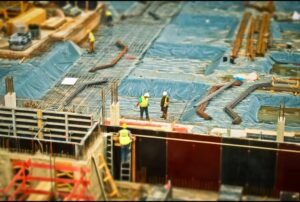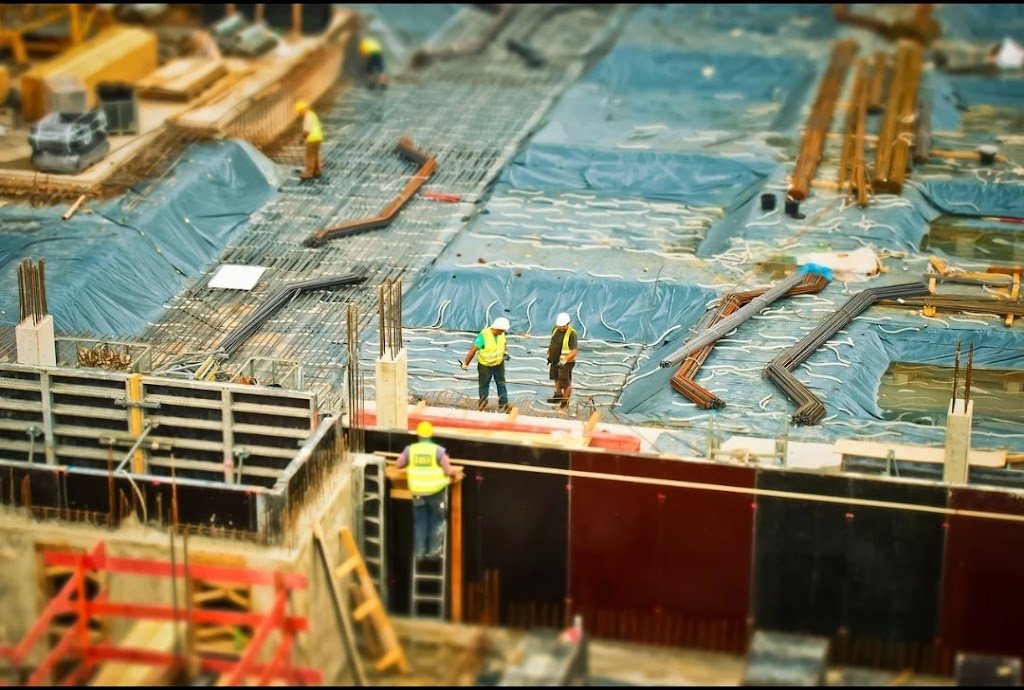Table of Contents
What is mean by Specification
Specification describe the character and therefore the class of the work, materials to be utilized in the work, workmanship etc. and is extremely important for the execution of the work, the value of a piece depends on the specifications. Specifications should be clear.

Necessity and importance of Specification
Specification is written so on not restrict bidding but to encourage open competition. The goal is to ask maximum reasonable competition.
The degree to which specifications are open and unrestrictive directly affects the sort and extent of the competition desired.
Specifications provide for internal control , that is, they assure that the standard of an item is suited to its intended use and eliminates unnecessary features or frills.
Specifications are public records, they serve to stay the purchasing open by allowing the general public to ascertain exactly what’s being purchased. Specifications are used during the evaluation of bids to work out whether or not bids are responsive.
Some of the problem in preparing specifications stems from the very fact that the State can seldom dictate the precise characteristics of the products it wants.
The requirements of place of work are usually not sufficient to justify a special or name brand product. Consequently, specifications are developed around a manufacturer’s product specifications.
If the specifications didn’t need to satisfy state statutes requiring competitive bidding, the task would be much easier. The immense sort of items purchased by the State further complicates specification writing.
Products are improved, new products are introduced, and therefore the needs of the general public change, Consequently, the function of preparing and updating specifications must be an ongoing one.
Perpose of giving Specifications
1. The price of an unit quantity of labor is governed by its specifications.
2. Specifications of a piece is required to explain the standard and quantity of various materials required for a construction work and is one in every of the essential contract documents.
3. This also specifies and therefore the method of doing the work. Thus specification of a piece is a guide to a supervising staff of a contractor well on the owner to execute the work to their satisfaction.
4. A piece is allotted consistent with it’s specifications and therefore the contractor is purchased an equivalent . Any change in specifications change the tendered rate.
5. Because the rate of labor is predicated on the specifications, a contractor can calculate the rates of varied items of works in tender together with his procurement rates of materials and labour. Thus tender rate without specification of works is baseless, incomplete and invalid.
6. Specifications are important to specify the equipment tools and plants to be engaged for a piece and thus enables to acquire them beforehand.
7. The need of specifications is to verify and check the strength of materials for a piece involved during a project.
Types of Specifications
(i) General Specifications, (ii) Detailed Specifications.
✓ General Specifications :
Generally specifications, nature and sophistication of works and names of materials that ought to be used are described.
Only a quick description of every and each item is given. it’s useful for estimating the project. the overall specifications don’t form a section of contract document.
✓ Detailed Specifications :
The detailed specifications form a section of a contract document. They specify the qualities, quantities and proportions of materials and therefore the method of preparation and execution for a specific item of works during a project.
The detailed specifications of the various items of the work are prepared separately and that they describe what the work should be and the way they shall be executed.
While writing the detailed specifications, an equivalent order sequence because the work is to be administered is to be maintained.
Preparing detailed specifications of things
Technical specifications are written requirements for a project, including materials, products or services.
Developing technical specifications requires specific expertise relevant to the topic area and will be accomplished by qualified individuals.
Specifications are an integral a part of the scope of labor that’s included within the procurement documents. Specifications cover a good range of data that defines a project, including:

1. Type and quality of materials required for the project;
2. Defination of cpdes and standards applicable to the project;
3. Requirements for fabrication, application, installation and finishing;
4. Acceptable quality of workmanship; and
5. Descriptions and procedures for alternate materials, products or services, if necessary.
Organization of Specifications
It is important that specifications be arranged in an orderly and comprehensive format. the development Specifications Institute’s (CSI) MasterFormatTM¹ is that the most generally used standard for organizing project specifications.
MasterFormat organizes information by work results (materials and methods). If the specification is organized clearly and follows an outlined procedure it’s less likely that any important aspect of the project are going to be overlooked.
It’ll also help the contractor, estimator, inspector, or other reviewers find information more readily.
Each section of the specifications has three separate parts
✓ General :
Describes administrative and procedural requirements specific to the present section of specifications.
✓ Products :
Describes, in detail, the materials, products, equipment, systems or assemblies to be utilized in the project.
✓ Execution:
Describes, in detail, any preparatory actions and the way the products shall be incorporated into the project.
There are four sorts of specifications, including
(i) Performance
(ii) Reference Standard
(iii) Proprietary and
(iv) Descriptive.
There is no definitive guidance on when a specific type or method should be used. In some cases, differing types or methods are often utilized in combination.
Which type or combination of sorts of specifications can vary by project. If utilized in combination, it’s important to avoid creating redundancy or contradiction.
Legal Aspects Of Specification
Most specifications are written with the intent to be very specific in providing a firm disposition of any dispute which can arise.
Being human, however, the engineer or architect protects both himself and therefore the owner with a liberal use of terms such as: “to the satisfaction of the engineer,” ” in a very workmanlike manner,” and ” the contractor shall thoroughly investigate.”
The theory being that any unexpected difficulty is that the responsibility of the contractor. The phrase “workman like manner” seems to possess as many definitions as there are people that interpret it.
A provision that employment shall be wiped out an honest and workman like manner relates to the items specified to be done, and doesn’t impose on the conlractor the duty of doing acts or taking precaution which need to are , but weren’t , provided for within the plans and specifications.
The determination of what’s , or is not, provided for within the plans and specification then becomes an issue of fact instead of law, but the interpretation of those facts is important to work out liability of the parties.
Most specifications state something to the effect that the engineer or architect is empowered to form final determination of disputes between the owner and contractor or to work out the intent of the specifications.
The courts hold, as a general rule, that this grant of power doesn’t include authority to construe the contract.
However, a specification provision which isn’t clearly written might not be construed by the engineer in accordance with what he may need intended at the time he wrote it.
The meaning of the words, as written, no what the author thought he was saying is that the determining factor.
For example, an engineer required the contractor to pay of the value of inspecting concrete at the plant, when the accept plain terms as long as all original test were to be paid by the owner.
This interpretation by the engineer was reviewable a reversed by the court, although the contract said the each and each difference respecting the plans and specification should be finally determined by the engineer.
